The Birth of a Vision
The construction of the great Ghan Railway is a significant chapter in Australian history, as one of the most ambitious endeavours ever undertaken in the country. In the late 19th Century, it seemed like an impossible dream: to construct a railway line which would facilitate trade and transport from Adelaide’s southern coast to the distant northern outpost of Darwin. The Ghan Railway was born from a rapidly developing young nation’s drive for unity and progress, threading a rail across the vast, unforgiving Australian Outback.
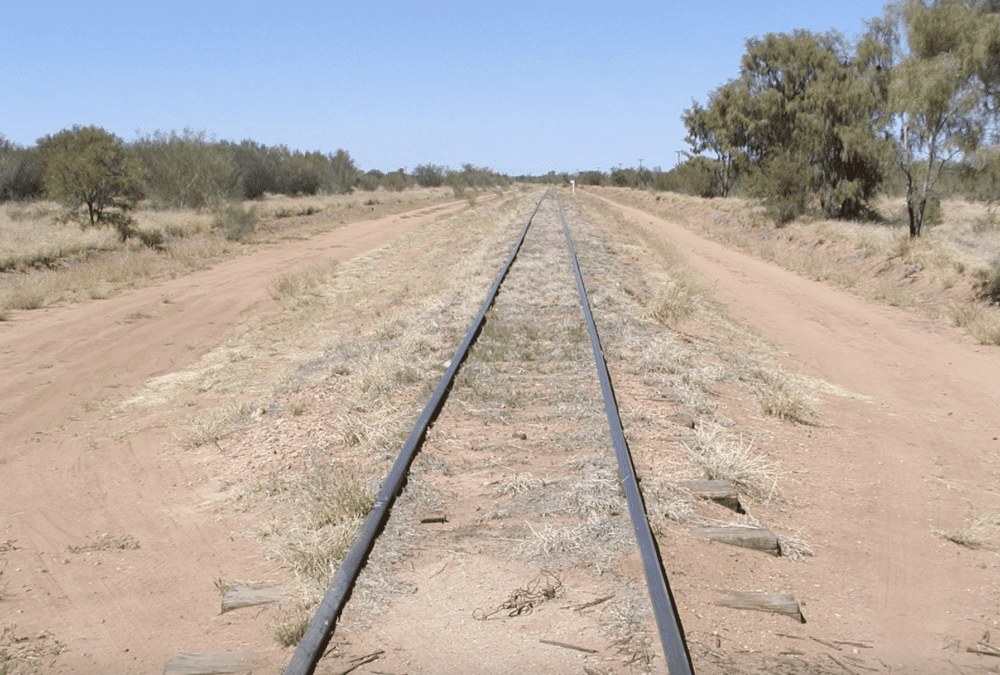
The Great Undertaking
In 1878, the South Australian government took the brave step of turning this lofty dream into reality. The construction of the railway line began, following the route of explorer John MacDouall Stuart. Afghan labourers, along with their camels, played a significant role in the construction and maintenance of the railway, forming settlements known as ‘Ghantowns’ which still exist today. These workers experienced unimaginable hardships, contending with the harsh conditions of the Outback. Despite the daunting challenges, the railway progressed, reaching Hawker in 1880, Beltana in 1881, Marree in 1884, and Oodnadatta in 1891.
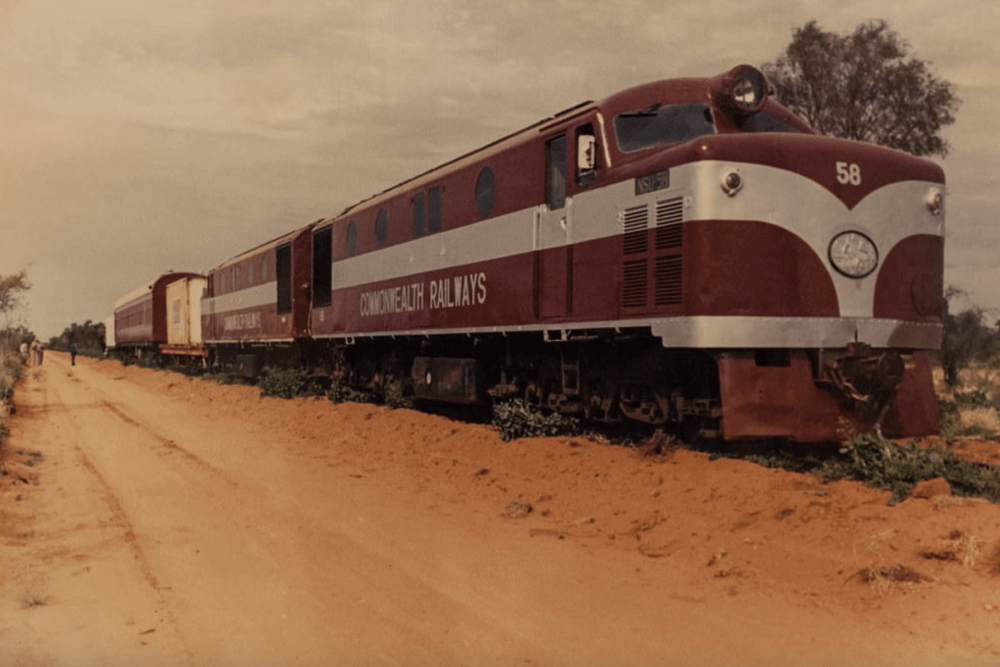
The Maiden Voyage
After more than a decade of relentless effort, in 1891 the first train embarked on its maiden voyage. The railway line wouldn’t reach Alice Springs until 1929, and Darwin until 2001.
While officially named the Central Australian Railway, the line has been dubbed The Ghan, after the passenger train “The Afghan Express” which utilised the line. The story goes that the name is a taunt to officialdom because, when an expensive sleeping car was put on from Quorn to Oodnadatta in 1923, the first return journey had just one passenger – an Afghan. When the train pulled into the station, Engine Driver Ernie Smith and great-grandfather of current Federal Health Minister Mark Butler made the joking remark that, if he was the only passenger on the train, “We’ll have to call it the Afghan Express”.
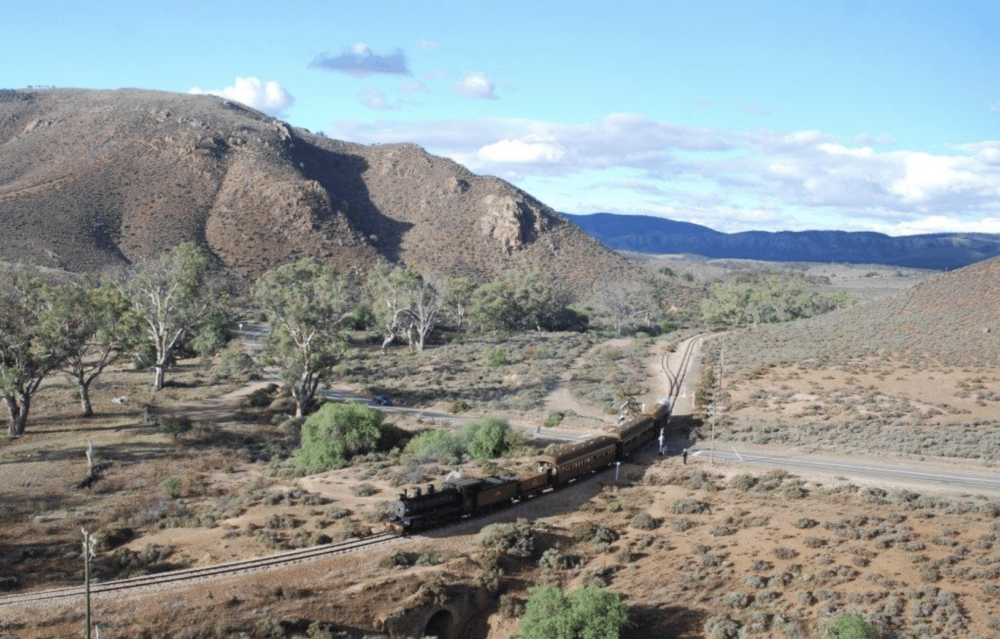
The Original Ghan Railway
For 50 years the Old Ghan rattled its way to Alice Springs, sometimes at walking pace, over a poorly planned jumble of broad and narrow-gauge tracks. The railway was notorious for its frequent delays, often up to a week, caused by the Outback’s relentless downpours and sudden flash floods. Legend has it that the crew sometimes had to resort to shooting game to feed the passengers. Despite its unreliability, the Old Ghan’s route was tolerated because it was the only one with enough water to power the steam trains.
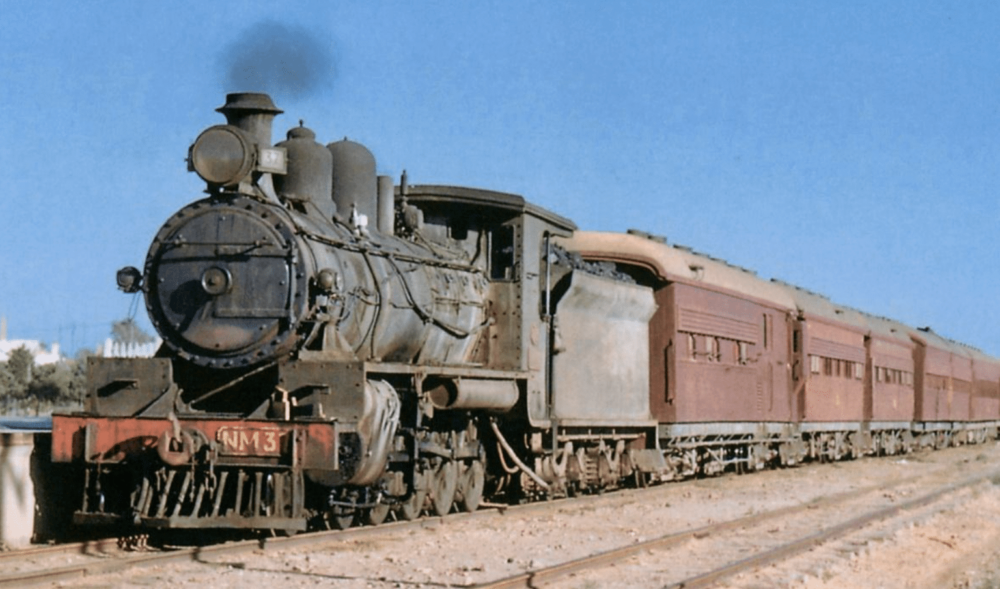
Legacy Etched in the Tracks
In the 1980s, long after diesel had replaced steam, the railway line was finally relocated to a more reliable route. It was replaced by the ‘Legendary Ghan’, which has travelled from Adelaide to Alice Springs ever since.
The Old Ghan line has become a symbol of Australian heritage and enduring spirit. Today, it endures as a ghost railway, complete with remnant sidings, bridges, industrial relics, and abandoned depots and villages, all of which have a story to tell. Two sections of the old railway survived – a 40km southern section between Port Augusta and Quorn, known as the Pichi Richi Tourist Railway, and a 23-kilometre stretch into Alice Springs, which no longer operates.
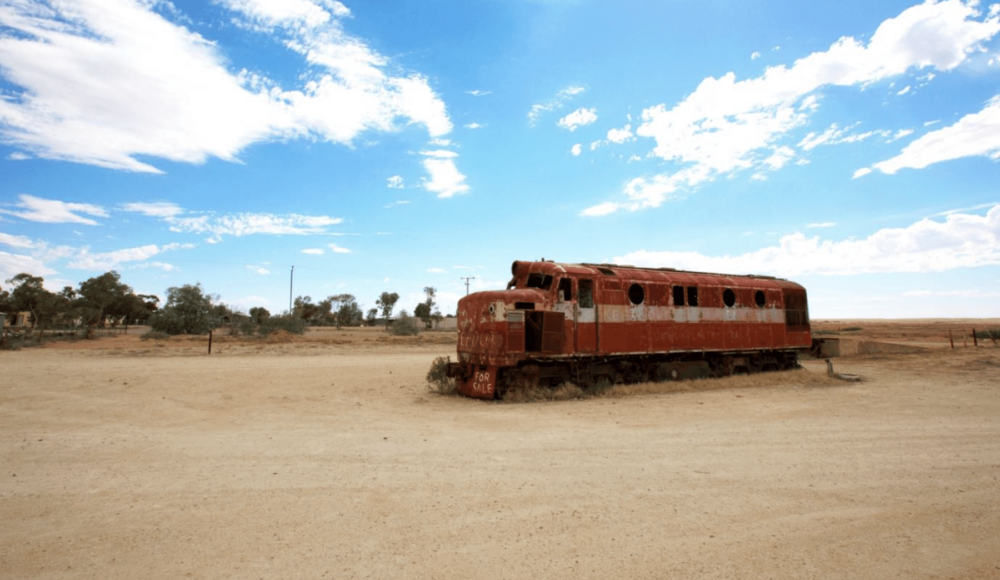
The outback settlements of Hawker, Farina, Marree, Coward Springs and Oodnadatta, crucial to the railway’s construction and operation, offer captivating insights into those who lived and worked along the line.
Hawker
Hawker was a thriving railway town between the 1880s and 1956, serving as a crucial node on the Old Ghan. Trains full of soldiers passed through Hawker during World War II (1942–45) and were greeted by local women and children who would cheer them on. The station was restored in 1989 to become the Old Ghan Restaurant and Gallery where tourists can tour the old railway station and have a bite to eat.
Farina
Farina, a ghost town on the edge of the desert, was once a vibrant ‘Ghantown’ and railway hub. Optimistic farmers who believed “rain follows the plow” founded it in 1878. Despite dreams of flourishing wheat and barley crops, the town’s arid conditions couldn’t sustain the growth of these crops. By 1929, Farina became a significant railway interchange, where the lines shifted from narrow to standard gauge lines.
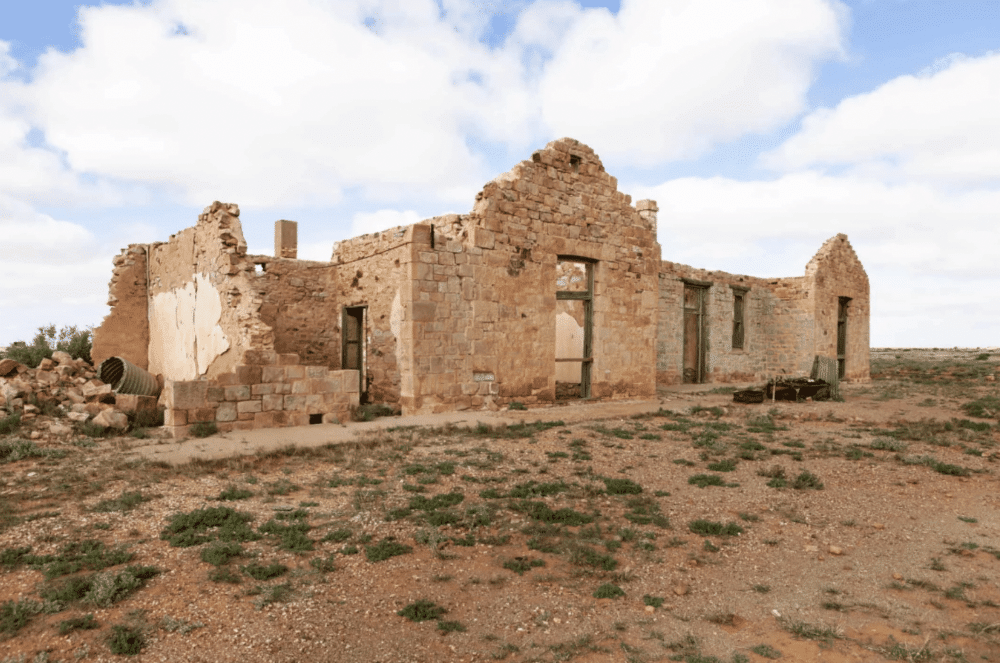
Marree
Marree, an iconic Outback town, holds remnants from its past as a key railway terminus. Several old Commonwealth of Australia locomotives remain in the town, serving as a reminder of Marree’s bustling days. The town, home to Australia’s first mosque built in 1861, was once known as “Little Asia” or “Little Afghanistan” due to its significant Afghan population.
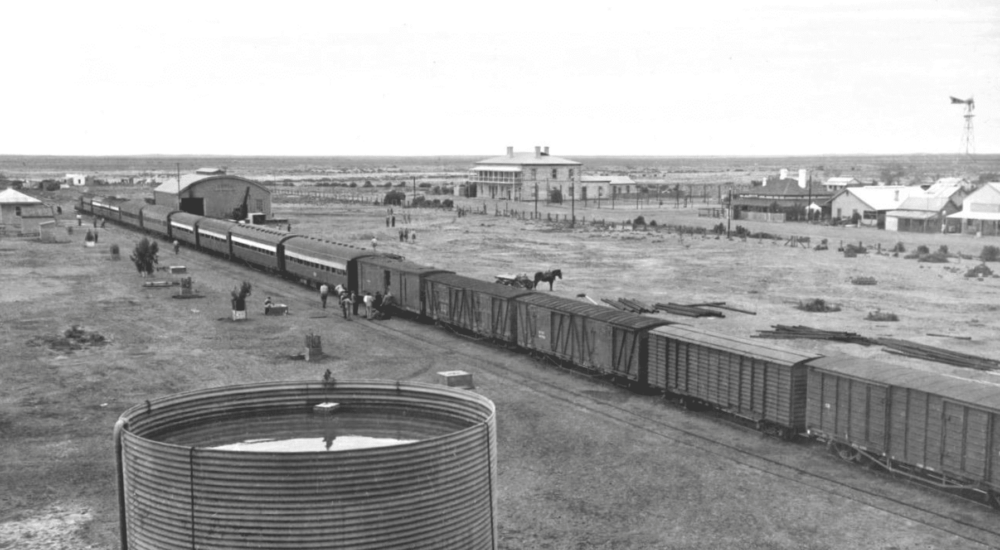
Coward Springs Siding
Coward Springs Siding, with its fully restored station and crew quarters, stands as a testament to Outback railway history. The Coward Springs Hotel, operational from 1887 to 1953, served as a refreshing stopover for travellers, sadly demolished in the 1960s. As trains pulled into the station, passengers were given directions to the “pub” and the “bath” for their choice of refreshment. Today, two restored stone railway buildings remain, including a stationmaster’s house, in private use, and train crew quarters.
Oodnadatta
Oodnadatta’s railway station underscores the town’s pivotal role as a railhead servicing the mid-north regions. The Oodnadatta Track, aligned with a traditional Aboriginal trading route, was chosen for the Old Ghan’s original path. The enduring culverts and bridges along the track are silent witnesses to the efforts of the Afghan workers who built the railway with minimal mechanised equipment.
Explore these Old Ghan railway communities on the 2024 Central Australian Outback Tour.
Dive into the history of the Old Ghan railway on the 2024 Central Australian Outback Tour. Trace the echoes of a proud past, the tales of trials and triumphs, and bear witness to a critical piece of Australian history. This journey threads through the heart of Australia’s history, an exploration not just of the rugged landscape but of the human resilience and vision that shaped it.
Scott McGregor’s Railway Adventures tour is more than just a holiday, it is a unique way to experience the world. By train you are completely immersed in culture and adventure, exploring the most scenic corners of the world in the comfort of a luxury train. Whether you are an experienced traveller or just beginning to explore this wonderful world, Railway Adventures have something for everyone. Transform your holiday into the most unforgettable adventure of a lifetime with Railway Adventures.
Call 1300 800 977 to request a brochure on our tours in 2023 and 2024.



























3 responses to “The Tale of the Old Ghan Railway: A Historical Journey”
When did steam give way to diesel on the track to marree
Thanks for this wonderful story. I‘ve been looking for these information as background for a chapter in my forthcoming book on a trip around the world that I did in 1983. That year, I’ve been working as a surveyor at the northern leg of the Central Australian Railway from Alice Springs to Darwin, whose construction was way in the future, then.
my dad worked on the original Ghan railway line between 1927 and 1929.
in 1979/80 watching tv a news item was about the re-routing of the new line my father explained to my sister he had worked on that railway in the 1920,s.